It was in the early 1980s that the Japanese word otaku came to describe a tight-knit, marginal group of manga and anime fanatics. The term was originally an honorific second-person pronoun written with the kanji 宅 (taku), meaning “home” or “domicile.” It was often used by housewives to refer to the members of nearby households, and did not tend to be used by young people. But as fans of anime began using the word to refer to each other, it gradually became connected to the image of a person shut up at home, engrossed in some hobby. While today it is commonly used in a more positive way, three decades ago it was something of a pejorative term expressing the anxiety of socially ill-adjusted young people.
How things have changed. In recent years, this otaku culture has been called what will sustain the future of Japan’s content industry. In October 2008, Prime Minister Asō Tarō went so far as to deliver a speech praising the otaku of Japan at a festival held in Akihabara, the Tokyo district at the heart of their culture. The concept has been highlighted by government agencies as an aspect of soft power that could enhance the nation’s international standing and competitiveness.
Lively Otaku Festival in Paris
 The Japan Expo site in Villepinte, Paris.
The Japan Expo site in Villepinte, Paris.
One of the best examples of the flourishing of otaku culture overseas is Japan Expo, the largest Japanese cultural event in Europe, held every summer in the Parisian suburb of Villepinte. The expo was launched in 1999 at the initiative of local otaku, with 3,200 visitors attending the inaugural event. Since then it has evolved into a major event: around 192,000 visitors attended the twelfth Japan Expo, held from June 30 to July 3, 2011.
Imports of Japanese anime into France and TV broadcasting of the shows there began in the 1980s. Much of the under-40 generation in France was thus raised on Japanese anime, leading naturally to interest among them in printed manga as well. At present, France ranks second only to Japan as a consumer of manga—and this Japanese word has become known to nearly every French person.
Japan Expo attracts young visitors from teenagers to people in their thirties from Paris and its environs, of course, but attendees also hail from more distant parts of France and other countries. The event offers people with an avid interest in Japanese pop culture a special place where they can find out the latest developments in manga and anime and load up on new items, while also meeting and interacting with other fans.
Asking some of the Expo visitors why they attended the event elicited responses like:
“It’s a place where I can get my hands on all the newest information.”
“I wanted to enjoy ‘cosplay.’”
“I just love the atmosphere of everyone enjoying what they love.”
“I came here because of how much I like the ideas and outlook of Japan.”
“What drew me is the shopping. In one day I spent all the money I saved all year!”
“The live J-pop performances gave me a real thrill.”
It was clear from their comments that Japan Expo is the Mecca for the otaku of France—an event that is eagerly awaited throughout the year.
 The inroads made by the otaku culture of anime and manga form the backdrop to the astounding development of the Japan Expo. At the expo site, the visitors behave almost exactly like their otaku counterparts in Japan, enthusiastically videotaping and photographing the main events and sideshows, dancing to the “idol” and anime theme songs, and purchasing all sorts of goods.
The inroads made by the otaku culture of anime and manga form the backdrop to the astounding development of the Japan Expo. At the expo site, the visitors behave almost exactly like their otaku counterparts in Japan, enthusiastically videotaping and photographing the main events and sideshows, dancing to the “idol” and anime theme songs, and purchasing all sorts of goods.
It was interesting that nearly everyone responded to the question “Are you an otaku?” with an enthusiastic “Of course!” But they were quick to add, “In the French sense of the word.” French fans of Japanese manga and anime have proudly appropriated this loanword to describe themselves, but they see a difference between themselves and what they perceive as the obsessive qualities of otaku in Japan.
What Sets French Otaku Apart
The French otaku, unlike their Japanese counterparts, tend not to pride themselves in their knowledge or collections of objects. At social venues like Japan Expo, meanwhile, they are more proactive about interacting with others. In stark contrast to the rather staid atmosphere of otaku events in Japan, such events in France are lively affairs where participants set out to have a good time.
Take, for example, the colorful outfits people selected for the “cosplay” event—“costume play,” a participatory activity in which people dress up as characters from shows or comics—at Villepinte this year. Whereas “cosplayers” in Japan tend to dress up as the most obscure characters possible, most French otaku choose the cute or cool costumes of well-known characters that their fellow festival-goers are likely to be most familiar with.
Many cosplayers in France prefer to arrange their costumes with original touches that suit their own personal look. This is a departure from the detail-oriented approach in Japan, where people pursue high quality and perfect replication of the original look in their costumes. Another striking difference is that event sites in Japan, for safety reasons, do not allow cosplayers to bring in long objects like swords, whereas at Japan Expo such items are allowed. Cosplayers at the event in France seek to highlight their own personalities on stage as well: they are given around one minute each to perform before an audience, and the spectators respond energetically as each person shows off some dance steps or performs a short skit. This individualism and ability to entertain form one aspect of otaku in France.
The French cosplayers pose for photos with a “peace sign” or a cute “burikko” pose, just like young people in Japan, but their sociability and original performances set them apart. For them Japan Expo is the top event of the year. The expo includes a competition to select the cosplayer who represents France at the World Cosplay Summit held in Nagoya.
Cosplayers Flock to Central Japan
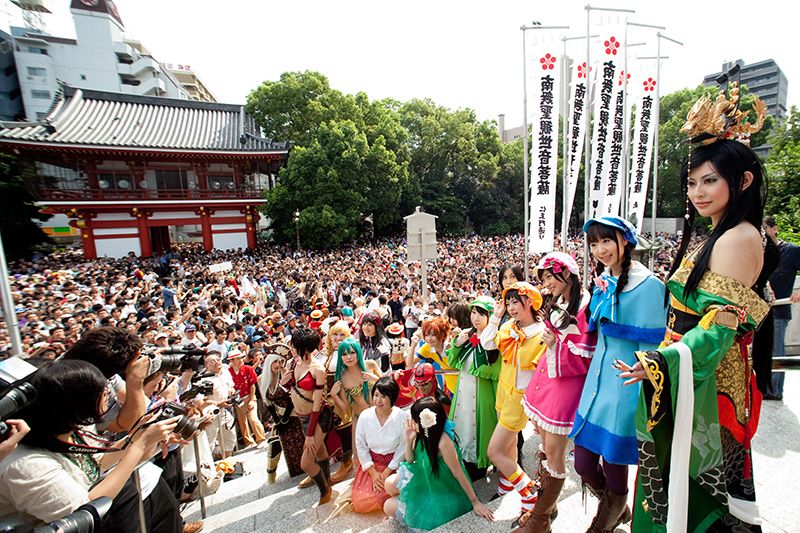
The ninth World Cosplay Summit was held from August 5 to 8, 2011, with the host city of Nagoya in Aichi Prefecture welcoming the winning cosplayers from preliminary events held around the world. The Summit features a parade, photo session, and other events, as well as a major cosplay competition that crowns the world champion. Representatives from 17 countries participated in the competition this year, making this global contest the biggest thus far.
The centerpiece of the four-day event is the Ōsu Cosplay Parade. The representatives from each country, as well as ordinary participants, dress up in their favorite costumes and make their way through the Ōsu shopping district of Nagoya, starting from the Ōsu Kannon temple. The crowd of people strutting their stuff, wearing colorful costumes and wigs, is a surreal spectacle against the backdrop of the temple grounds and the everyday shopping district.
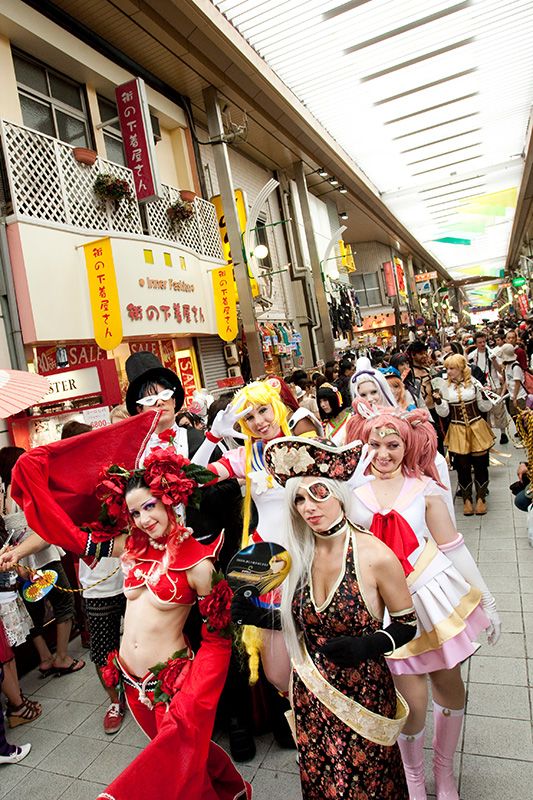
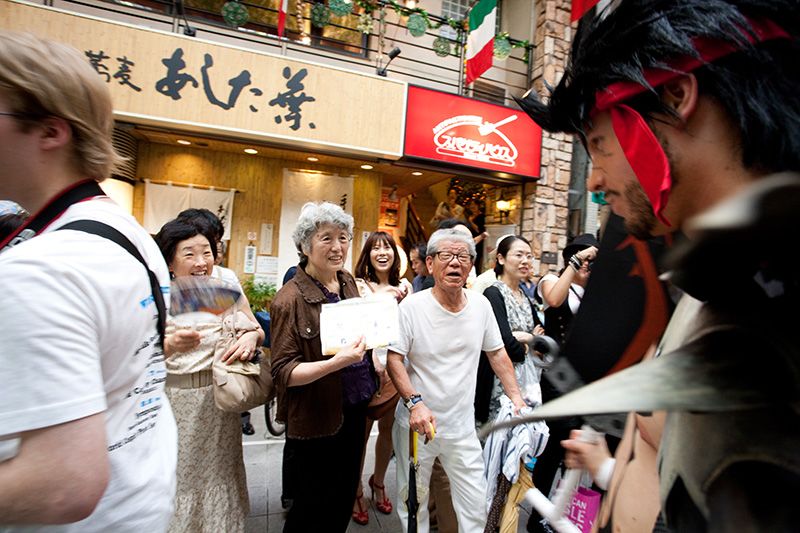
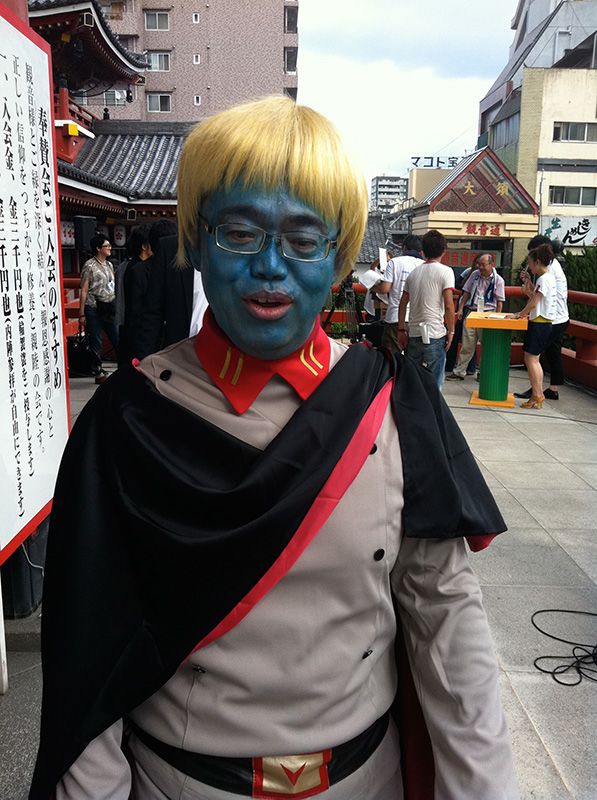
Aichi Prefectural Governor Ōmura Hideaki
 Onlookers are packed in tight along the parade route, taking photos and yelling out to the cosplayers. Even an elderly shop owner in the area was excited by the event, saying: “At first I felt only surprise, but now this is something I look forward to every year.” Because the event has done so much to revitalize the local area, Aichi Prefectural Governor Ōmura Hideaki was on hand at the opening ceremony to lend his support, dressed up as the character Desler from the anime Space Battleship Yamato.
Onlookers are packed in tight along the parade route, taking photos and yelling out to the cosplayers. Even an elderly shop owner in the area was excited by the event, saying: “At first I felt only surprise, but now this is something I look forward to every year.” Because the event has done so much to revitalize the local area, Aichi Prefectural Governor Ōmura Hideaki was on hand at the opening ceremony to lend his support, dressed up as the character Desler from the anime Space Battleship Yamato.
How do cosplayers in Japan view their foreign counterparts who dress up and act like characters from Japanese video games or anime? An 18-year-old cosplayer and part-time worker named Mochiko, who was dressed up as a character from the manga Sket Dance, tipped her hat to the cosplayers outside Japan: “I’m happy that people overseas are into Japanese culture. But since the characters from Japanese anime and manga tend to be close to a Western look, if these foreigners really went all out they would be hard to beat. And some wouldn’t even need a wig to get the hair color right. I think the cosplayers overseas are really stylish. Adorable.” She added: “I’m also impressed by how much energy they put into cosplay. Here in Japan we’ve got some specialty cosplay stores, but over there they have to make everything themselves.” In these ways, the overseas cosplayers can be a great source of inspiration.
Comiket: Origin of Otaku Culture
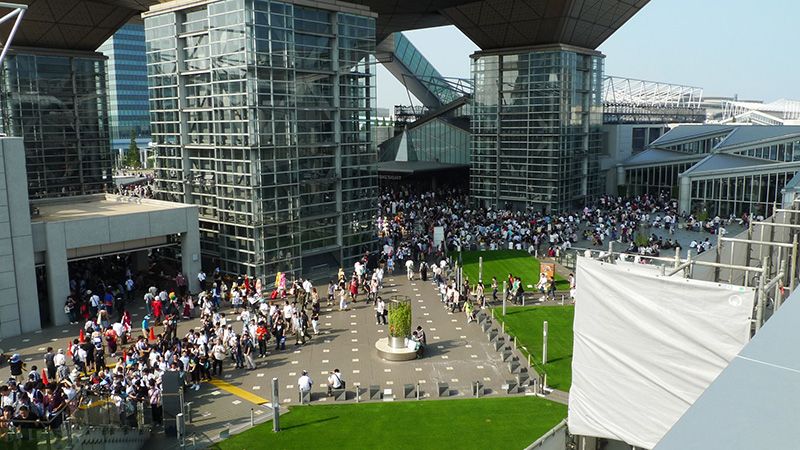
A scene from Comiket, held at Tokyo Big Sight.
The culture of dressing up like a cartoon or movie character may have originated in the United States, but it has come to be known worldwide as an aspect of Japanese culture through the made-in-Japan term kosupure (cosplay), created from the English words “costume” and “play.”
The term is said to have been coined at Comiket (Comic Market), a convention for self-published manga held twice a year in Tokyo. This event is considered the original otaku event in Japan.
Comiket, which has been held 80 times, started back in 1975 as an obscure event held in a small conference room, but it is now a major experience that draws around 540,000 people over three days. The number of daily attendees, which averages 180,000, exceeds that of the biennial Tokyo Motor Show, which averaged 50,000 in 2009—a clear sign of the cultural draw of otaku today.
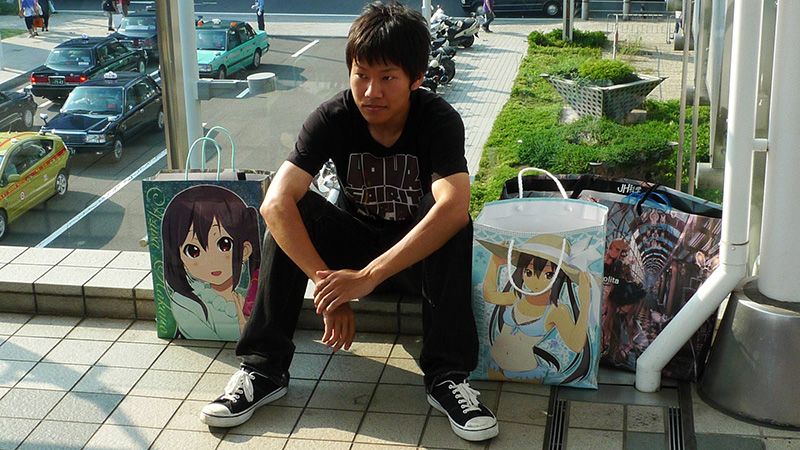
“Summer is over this year.” A young man who had arrived on the first morning train heads home at the end of the day; for him, the end of Comiket marks the end of the summer.
The main aim for Comiket visitors is to obtain obscure manga that cannot be found anywhere else. Most of the self-published manga sold by groups exhibiting at the show are derivative versions of existing manga. These secondary works come up with original stories for the characters of those original works, and many of the derivative feature erotic stories.
The copyright holders and manga publishers turn a blind eye to questions of copyright infringement. The logic is that by coexisting with those derivative works, rather than raising a fuss or filing a lawsuit, they can expand the number of fans for the original creations. Indeed, the publishers set up booths at Comiket to promote their products. The popularity of derivative manga, not limited to Comiket, in fact has been a driving force for the entire otaku market.
The Challenge of Creating Japanese-style Manga
France’s Japan Expo also features a booth for self-published manga, but the atmosphere is not as lively as Comiket. While the market for manga is expanding in France, it has yet to reach the point of fostering otaku who create their own works. Local fans in France note, with a critical eye, that the “drawing ability and use of space among French otaku are still at a low level.”
 Even French manga artists have had to undergo a process of trial and error, as one artist noted: “I wanted to capture the communicative approach of Japanese manga, where stories unfold at a leisurely pace and there are lots of allusions to other things, and also I tried to create kawaii [cute] characters with a sense of compassion and justice—but it was hard to imitate the Japanese manga style.” The art of manga expression, evidently, is nothing like the straightforward physical expression of cosplay.
Even French manga artists have had to undergo a process of trial and error, as one artist noted: “I wanted to capture the communicative approach of Japanese manga, where stories unfold at a leisurely pace and there are lots of allusions to other things, and also I tried to create kawaii [cute] characters with a sense of compassion and justice—but it was hard to imitate the Japanese manga style.” The art of manga expression, evidently, is nothing like the straightforward physical expression of cosplay.
France has been at the forefront worldwide in assimilating the pop culture of Japan, and French people seem to be searching for new possibilities that combine the otaku culture unique to Japan with creative, original elements of their own. If they can foster their own otaku culture, with a French touch, it would no doubt be a new source of inspiration for people in Japan.
(Originally written in Japanese by Hino Hato [Paris] with contributions from Murai Katsushige and Samuel Pinansky [Tokyo]. Photographs by Kawamoto Seiya [Nagoya] and Hino Hato [Paris].)
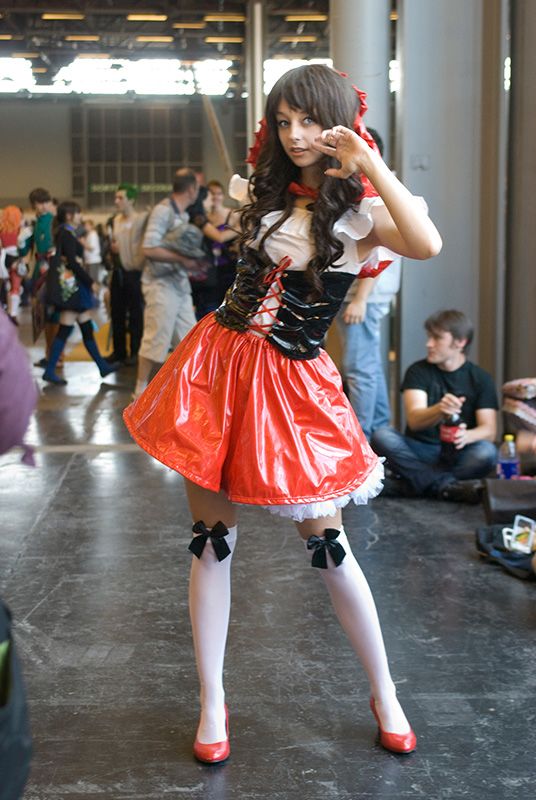
Taken at the Japan Expo in Paris.

Taken at the Japan Expo in Paris.
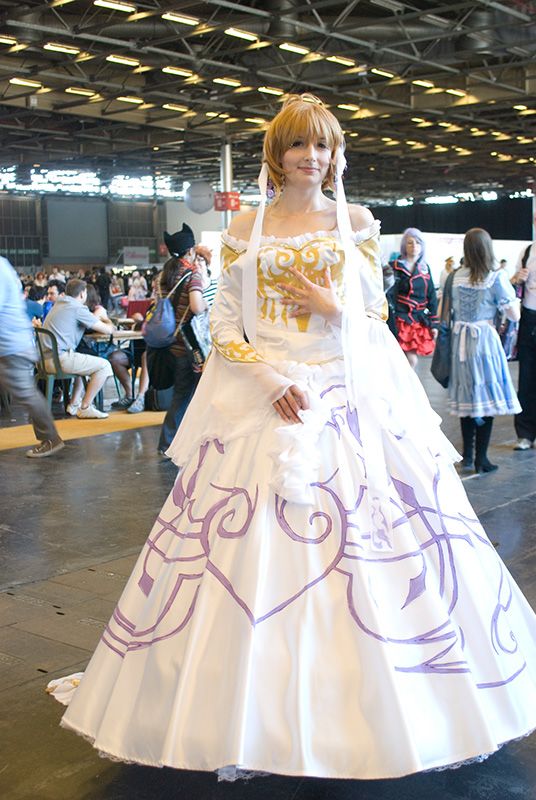
Taken at the Japan Expo in Paris.
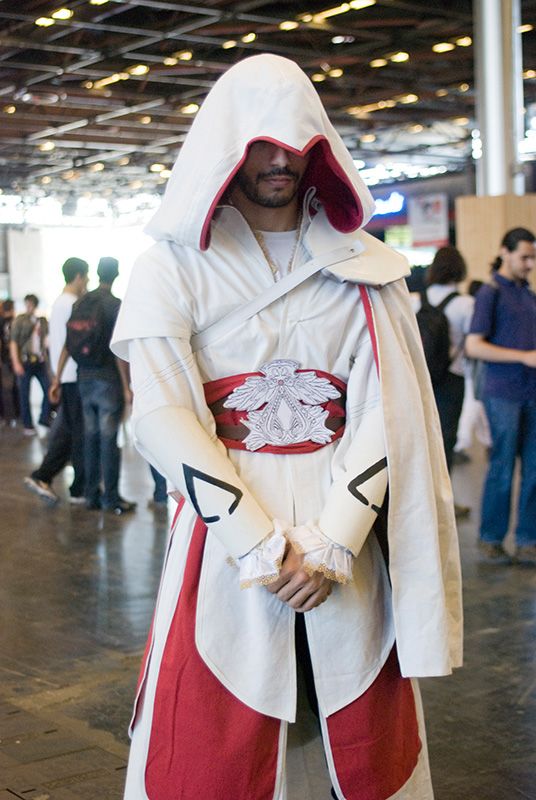
Taken at the Japan Expo in Paris.
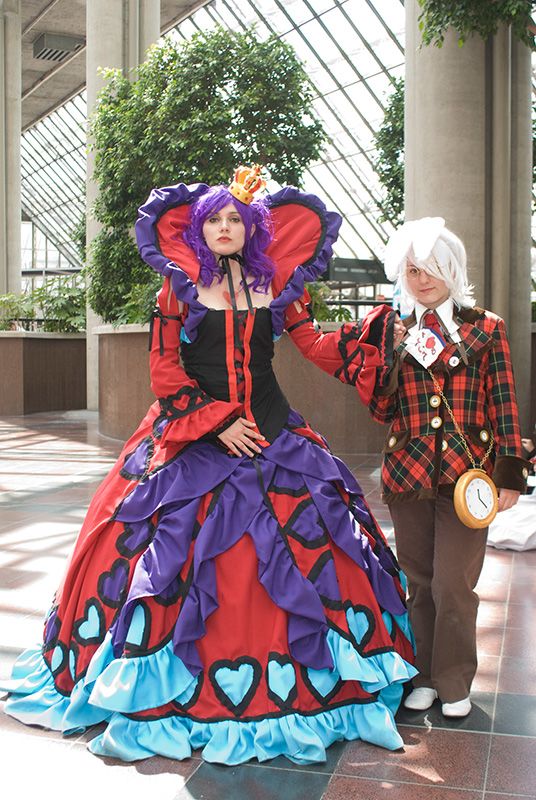
Taken at the Japan Expo in Paris.
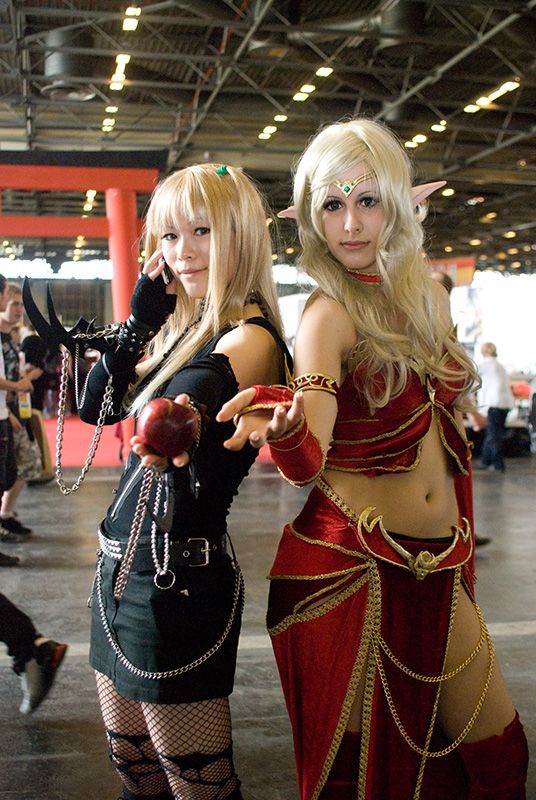
Taken at the Japan Expo in Paris.
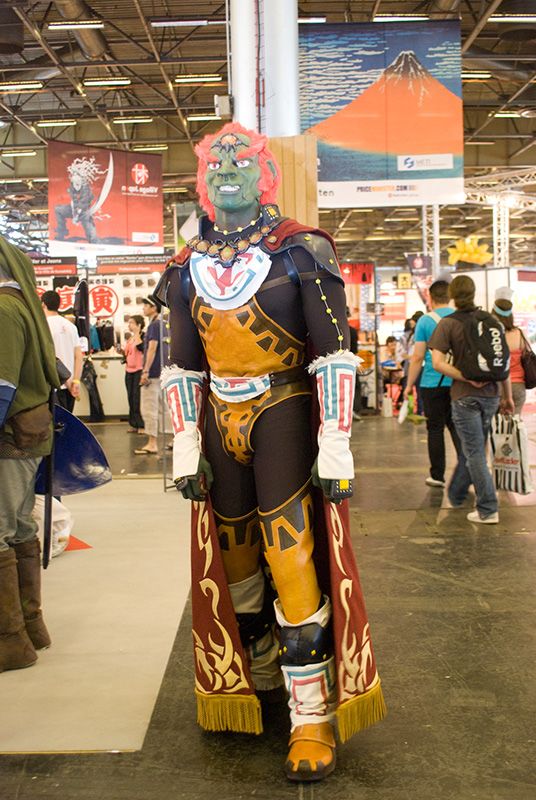
Taken at the Japan Expo in Paris.

Taken at the Japan Expo in Paris.
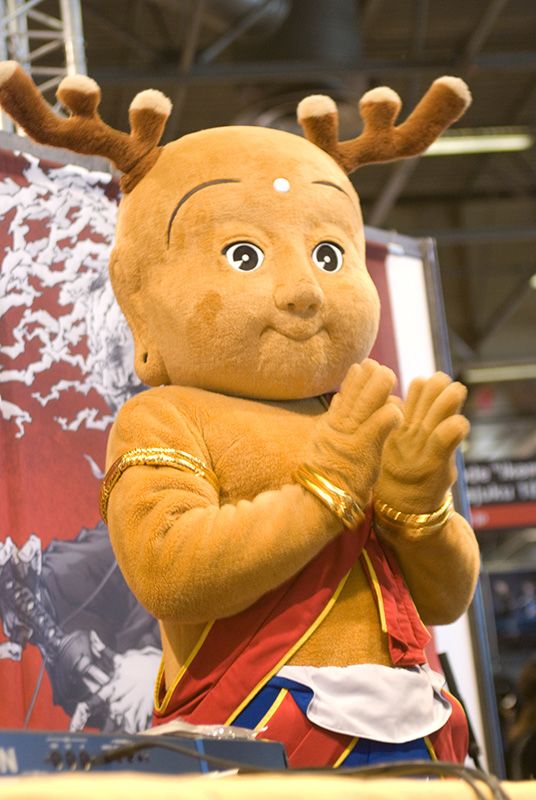
Taken at the Japan Expo in Paris.
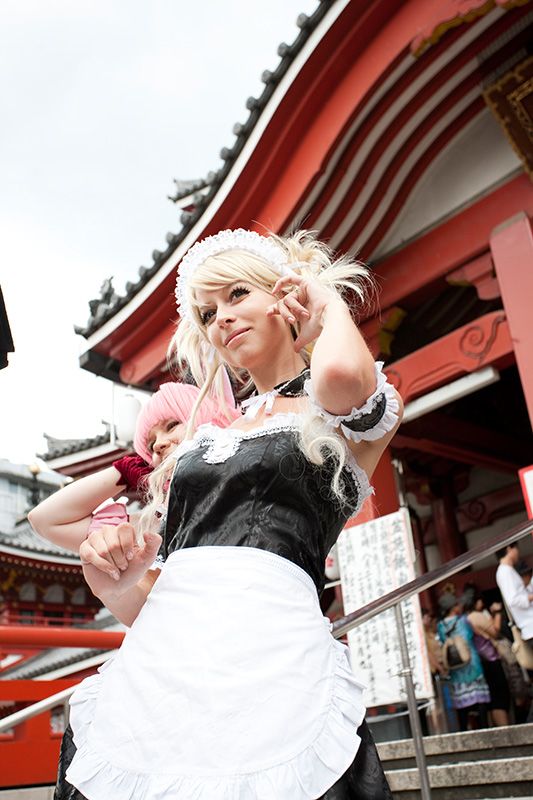
Taken at the World Cosplay Summit in Nagoya.
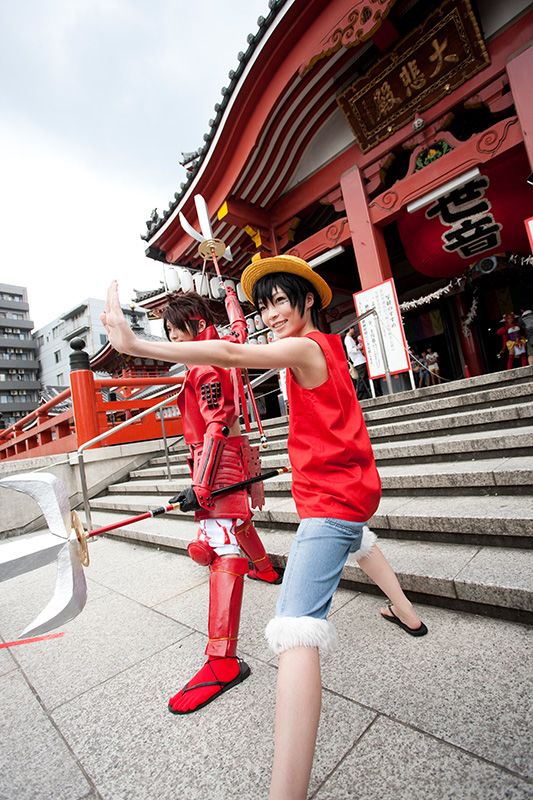
Taken at the World Cosplay Summit in Nagoya.
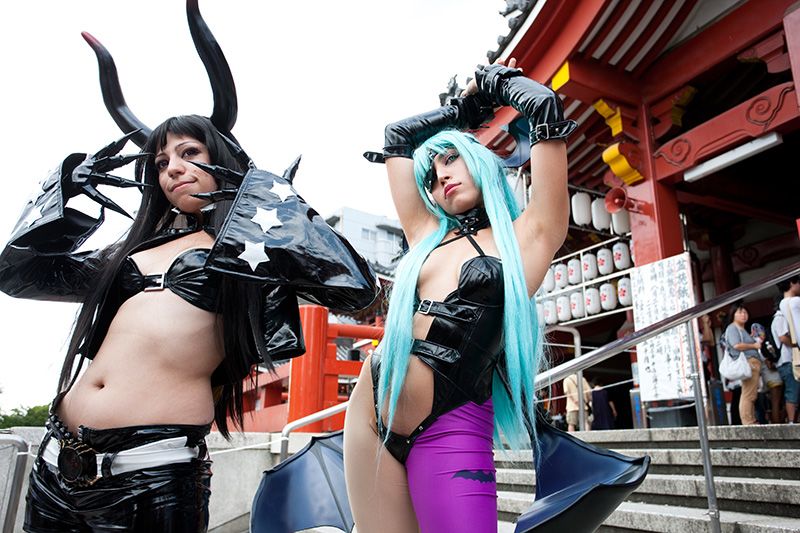
Taken at the World Cosplay Summit in Nagoya.
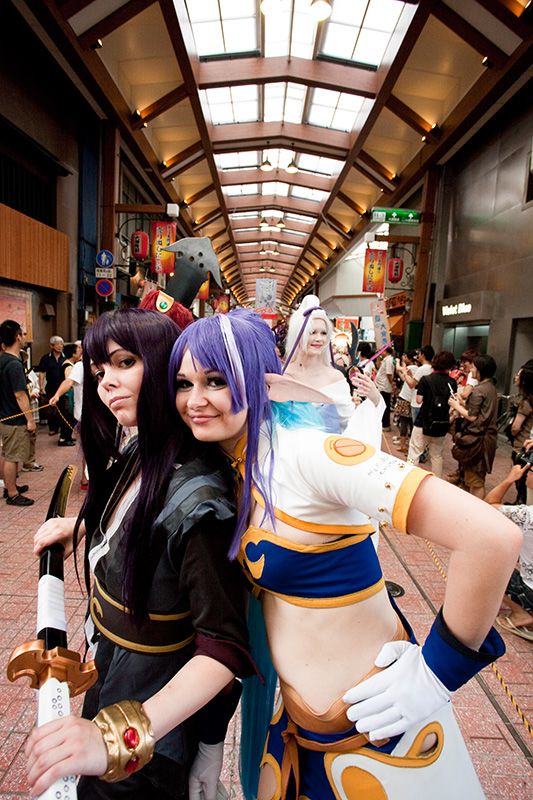
Taken at the World Cosplay Summit in Nagoya.
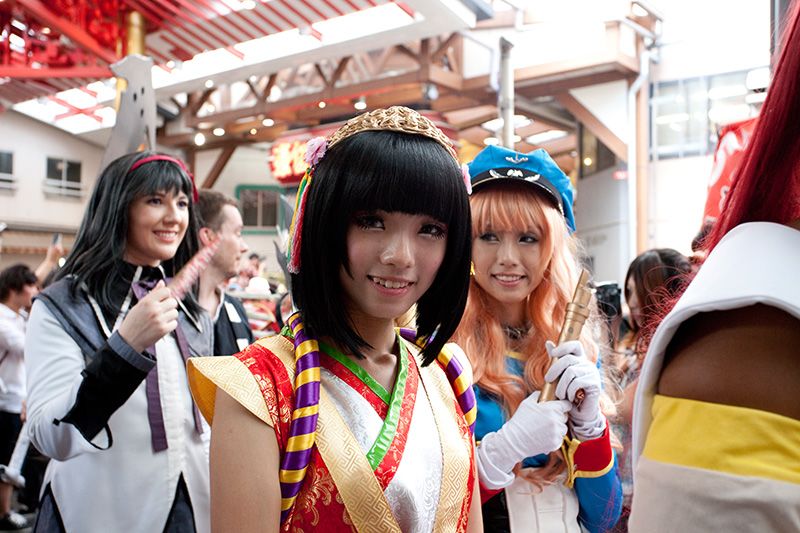
Taken at the World Cosplay Summit in Nagoya.
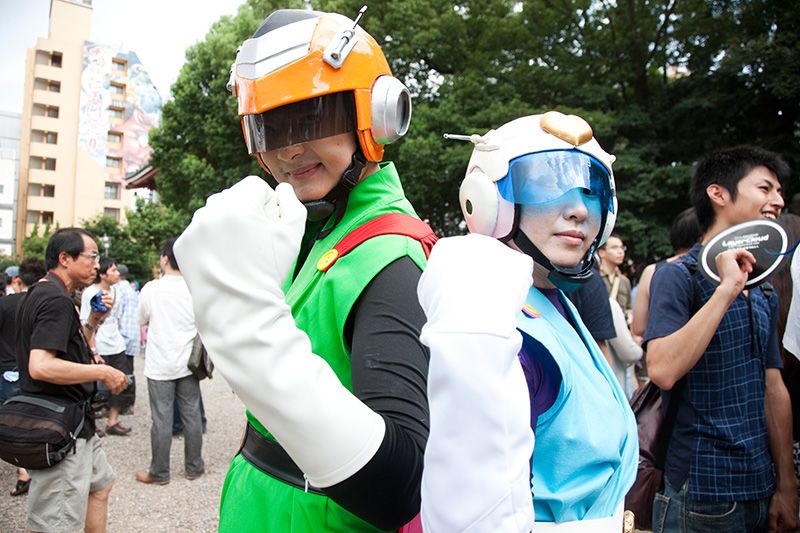
Taken at the World Cosplay Summit in Nagoya.
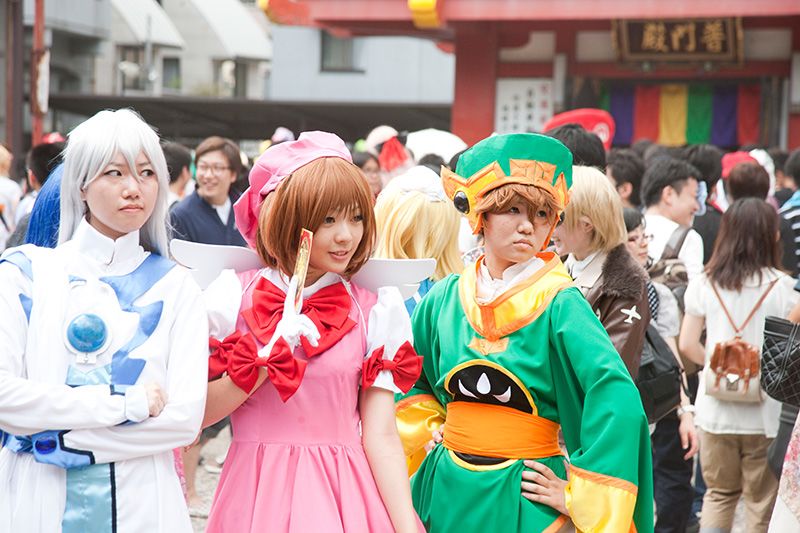
Taken at the World Cosplay Summit in Nagoya.
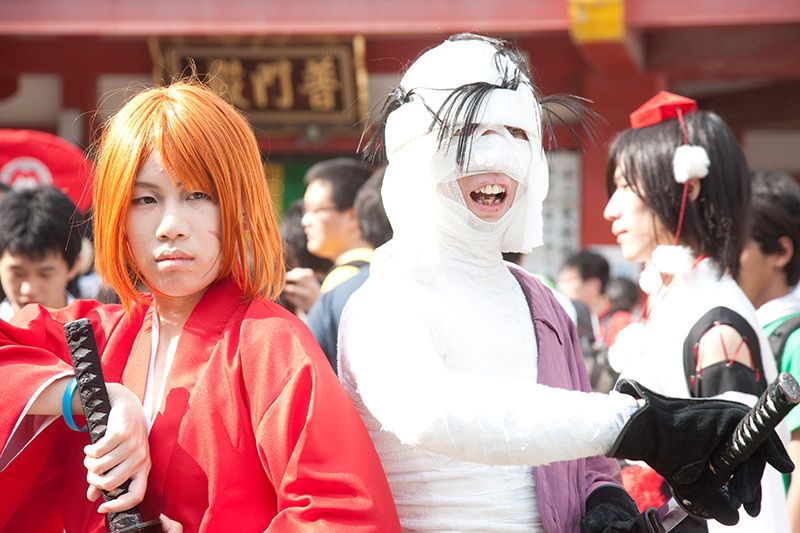
Taken at the World Cosplay Summit in Nagoya.
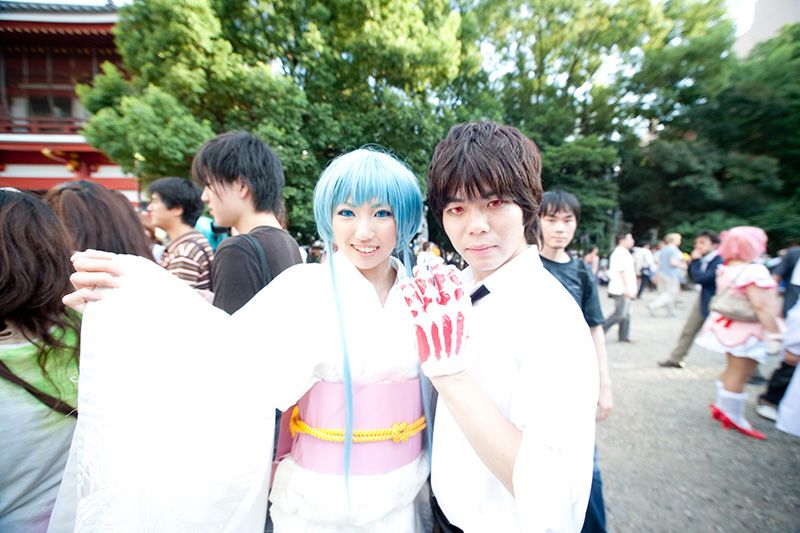
Taken at the World Cosplay Summit in Nagoya.
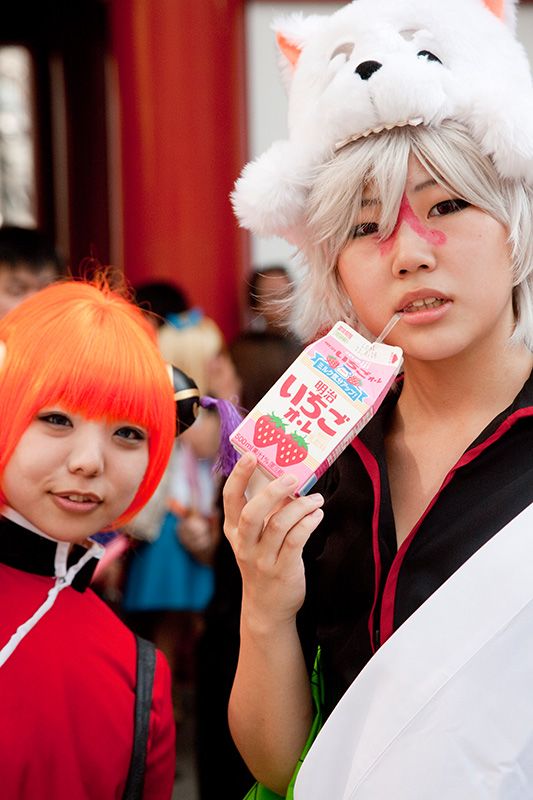
Taken at the World Cosplay Summit in Nagoya.
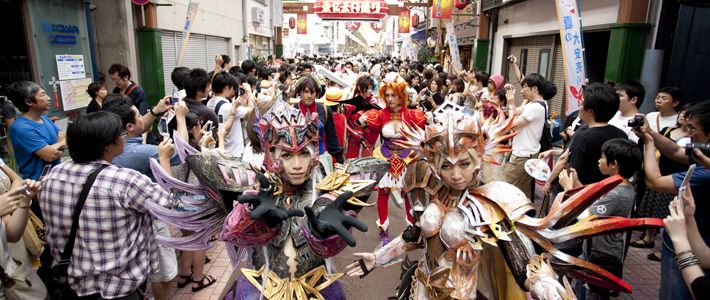
 The Japan Expo site in Villepinte, Paris.
The Japan Expo site in Villepinte, Paris.


































